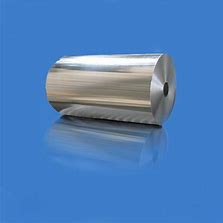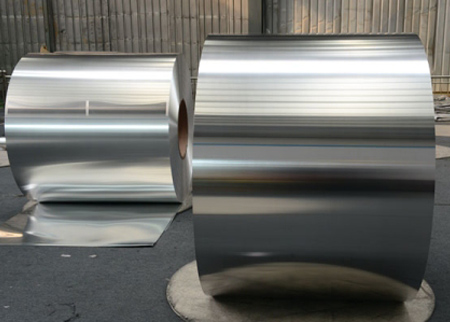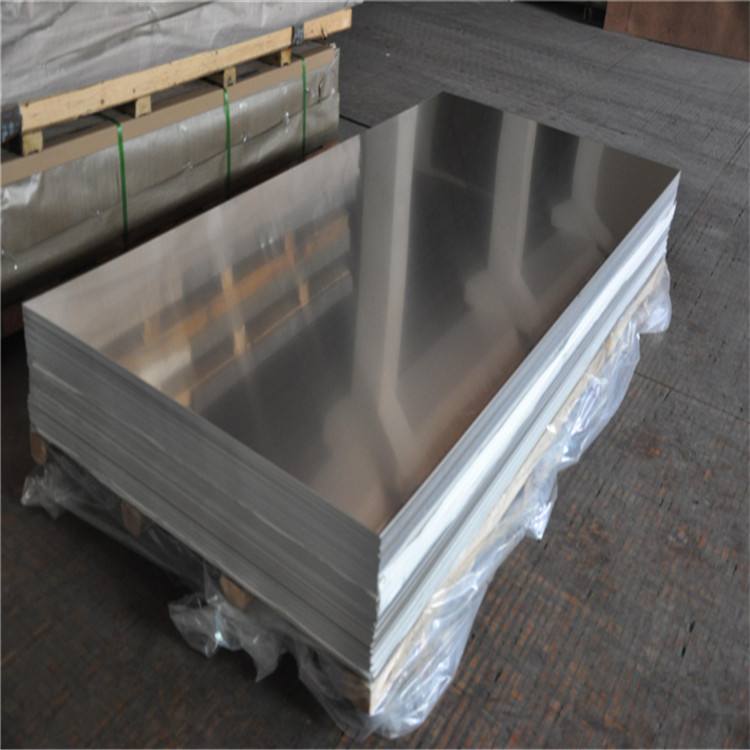



Introduction
Printing is an essential process in many industries, such as packaging, automotive, and aviation. The demand for high-quality printed materials is increasing, and the printing industry is constantly looking for new materials to improve their products. Aluminum is a lightweight, durable, and cost-effective material that has been used in many industries for many years. But can aluminum be used for printing? In this article, we will explore the answer to this question and provide some insights into the use of aluminum in printing.

The Benefits of Using Aluminum for Printing
Aluminum has many benefits that make it an attractive material for printing. First, aluminum is lightweight and has excellent strength-to-weight ratio, which makes it easy to transport and handle. Second, aluminum is highly durable and can withstand harsh environments, making it suitable for printing on products that will be exposed to harsh conditions. Third, aluminum is corrosion-resistant, which means that it does not rust, making it ideal for use in printing applications. Finally, aluminum is a cost-effective material, which makes it an attractive option for printing companies looking to reduce their costs.
The Printing Processes That Can Use Aluminum
There are several printing processes that can use aluminum as a substrate. The most common printing processes that use aluminum include lithography, flexography, and gravure. In lithography, the printing plate is made of aluminum, which is coated with a light-sensitive emulsion. The image is then exposed to light, which hardens the emulsion, creating the image. In flexography, the printing plate is made of a flexible material, such as rubber or photopolymer, which is mounted on an aluminum cylinder. The image is then transferred to the substrate using a flexible plate. In gravure, the printing plate is made of etched aluminum, which is used to transfer the image to the substrate.
The Limitations of Using Aluminum for Printing
While aluminum has many benefits for printing applications, there are also some limitations. First, aluminum is a relatively soft material, which means that it can be easily scratched or damaged. Second, aluminum has a low surface energy, which makes it difficult for inks to adhere to its surface. Third, aluminum has a limited color range, which means that it may not be suitable for printing applications that require a wide range of colors.
Conclusion
In conclusion, aluminum is an excellent material for printing applications. It has many benefits, including its lightweight, durability, corrosion resistance, and cost-effectiveness. It can be used in several printing processes, including lithography, flexography, and gravure. However, there are also some limitations to using aluminum for printing, including its softness, low surface energy, and limited color range. Overall, aluminum is a viable option for printing, and its benefits make it a popular choice for many printing applications.
* Thank you for your inquiry. Please provide your business needs information so that we can better serve you.
This information can help us assign the most suitable person to solve your problem. We will give you feedback within 1-2 working days.
Related Blog







